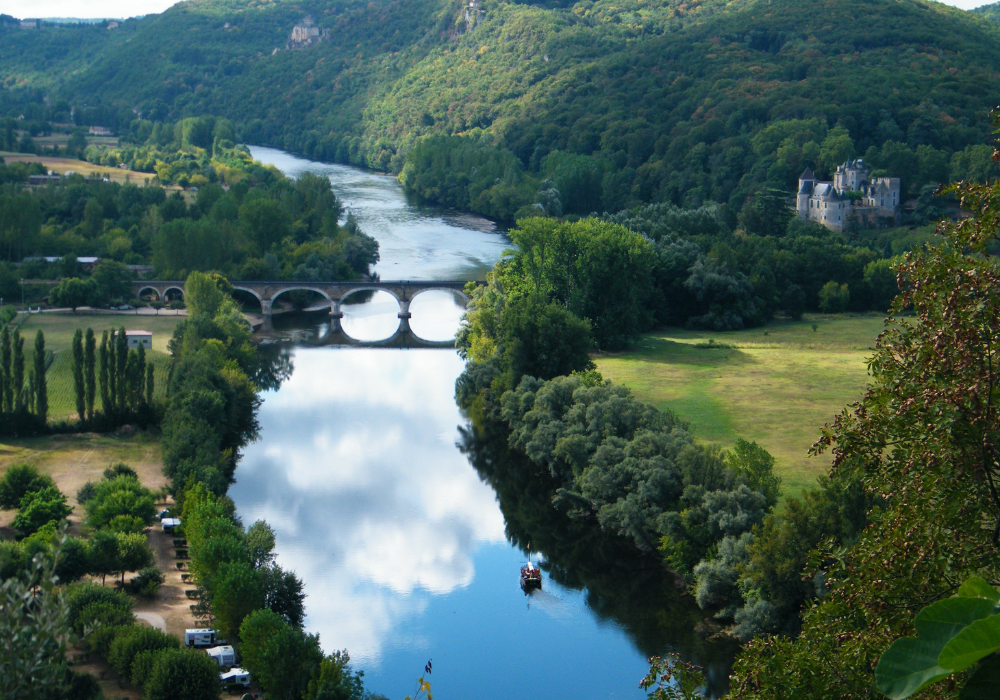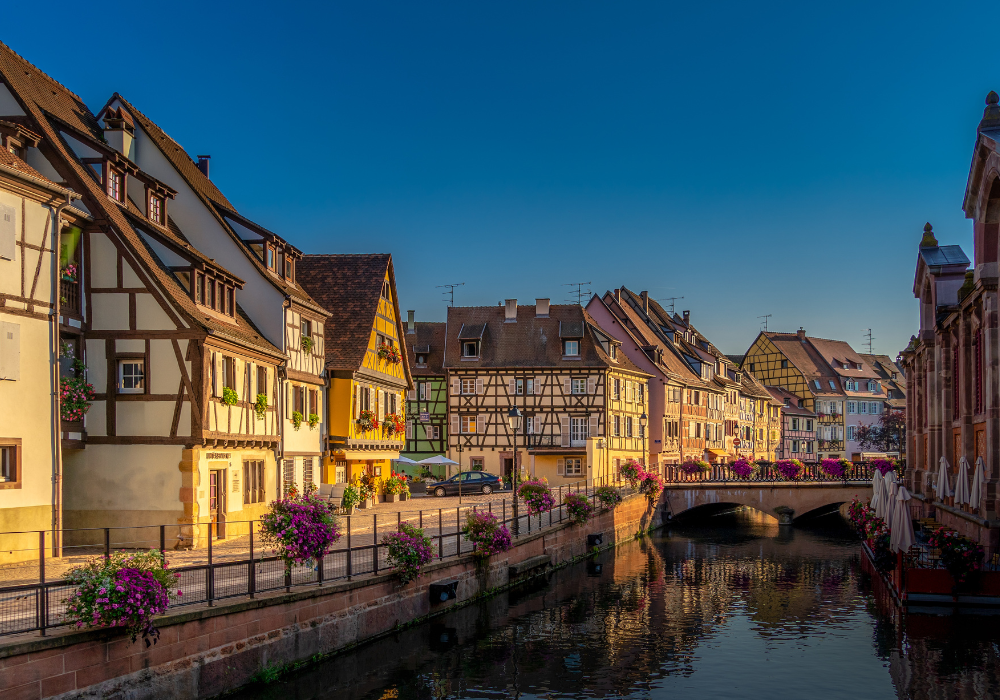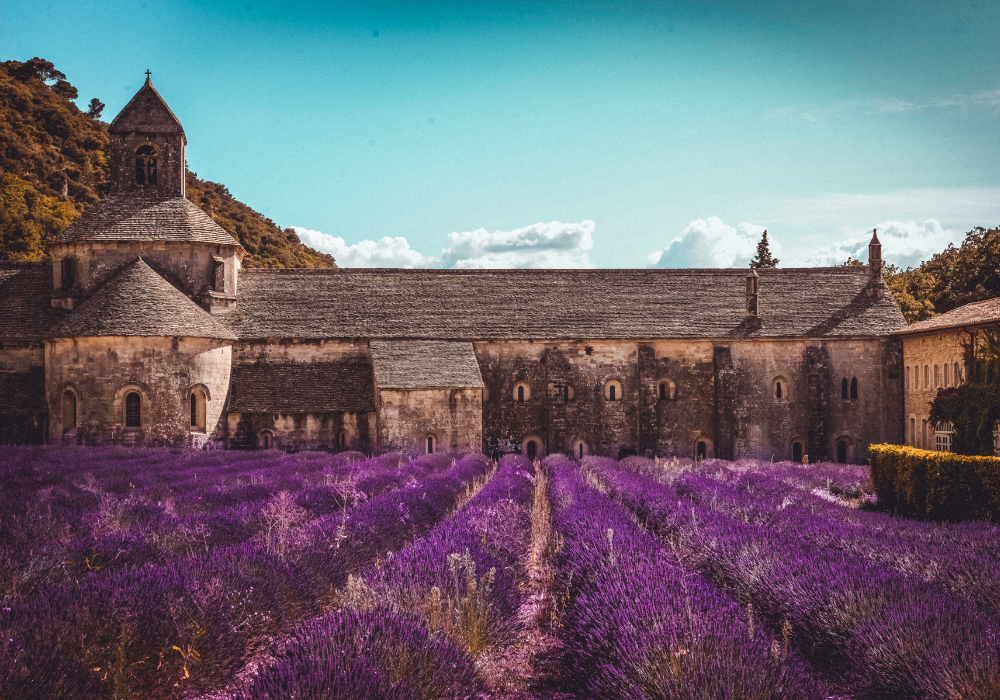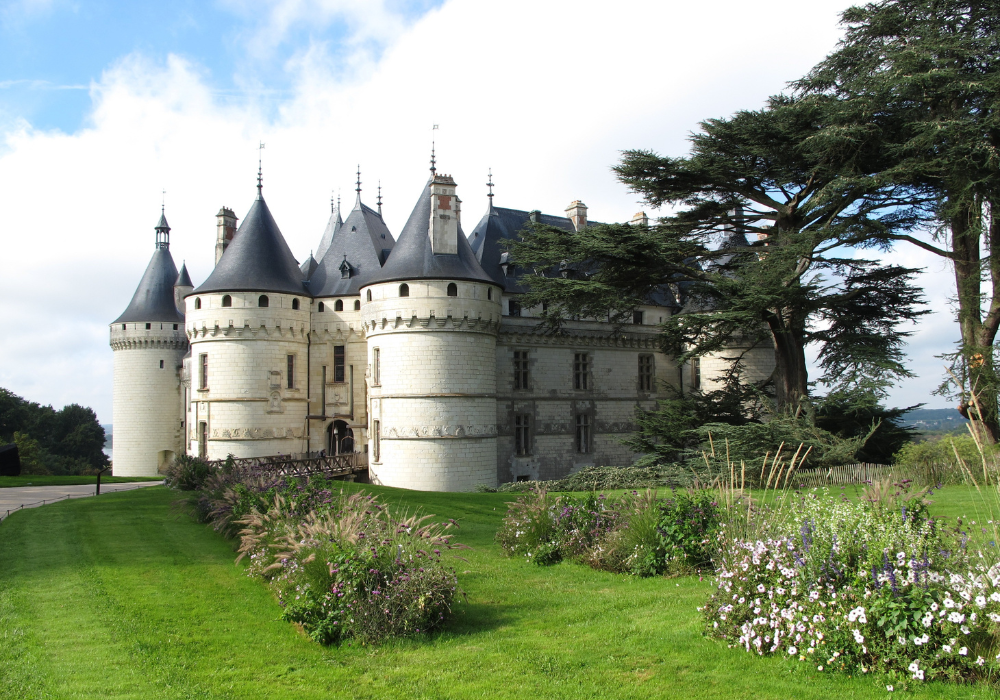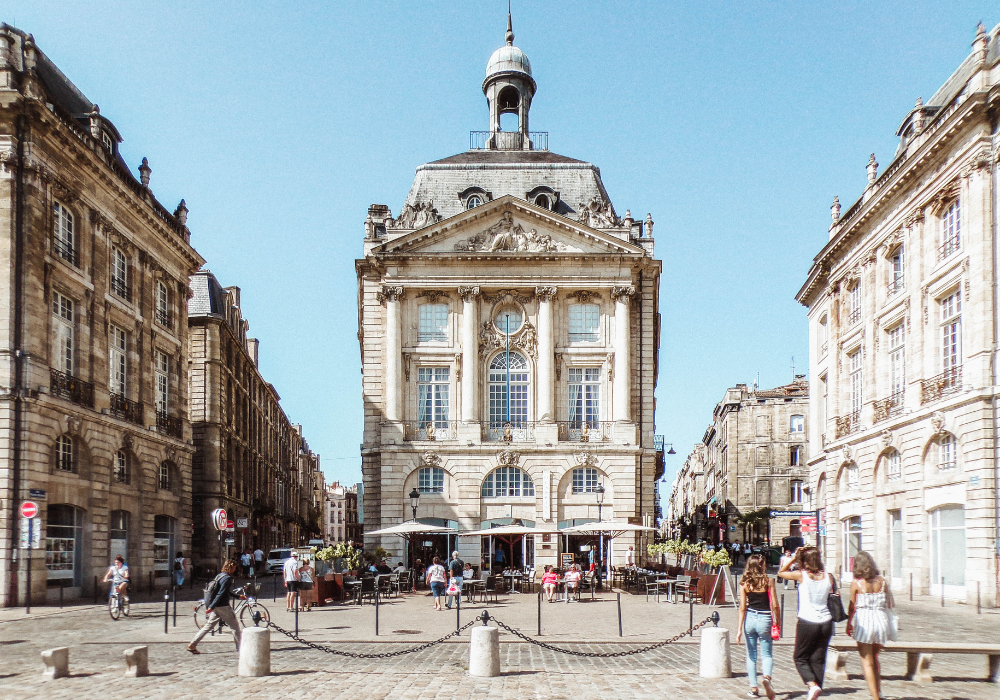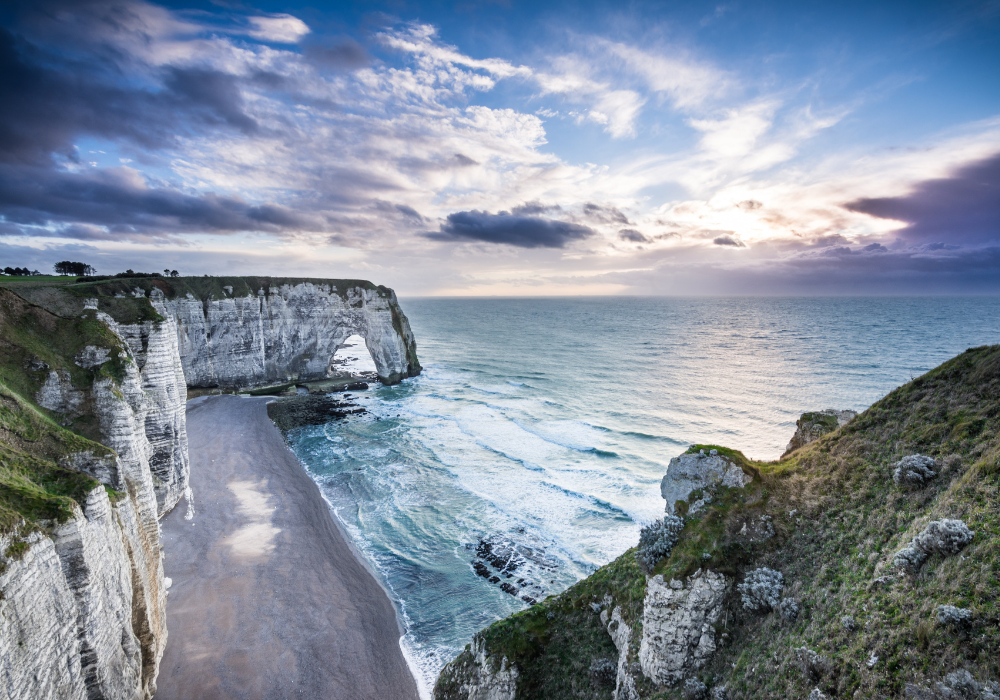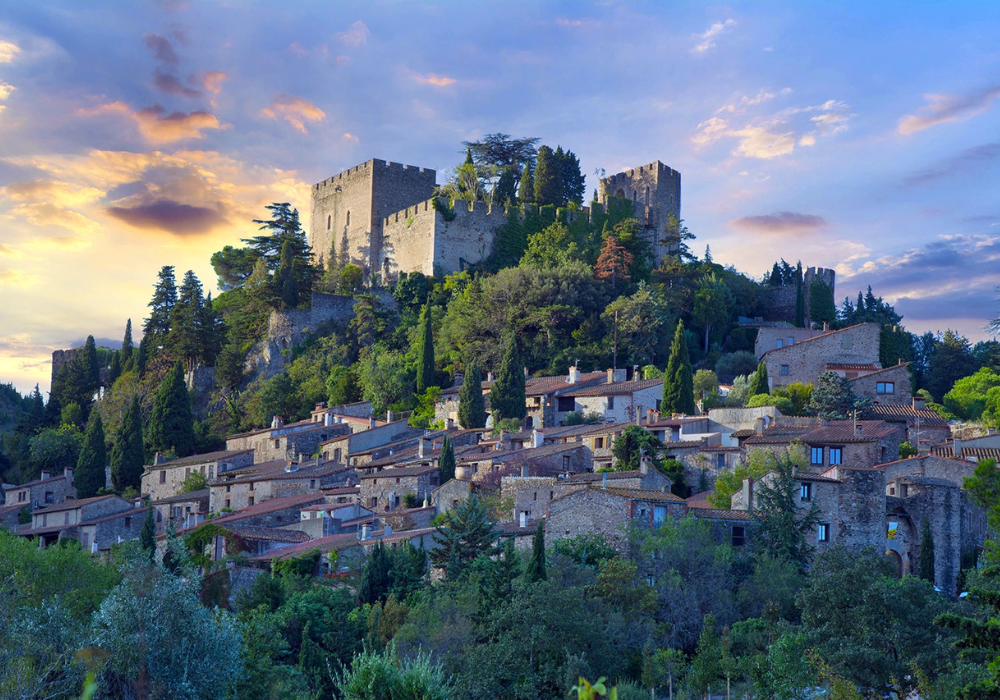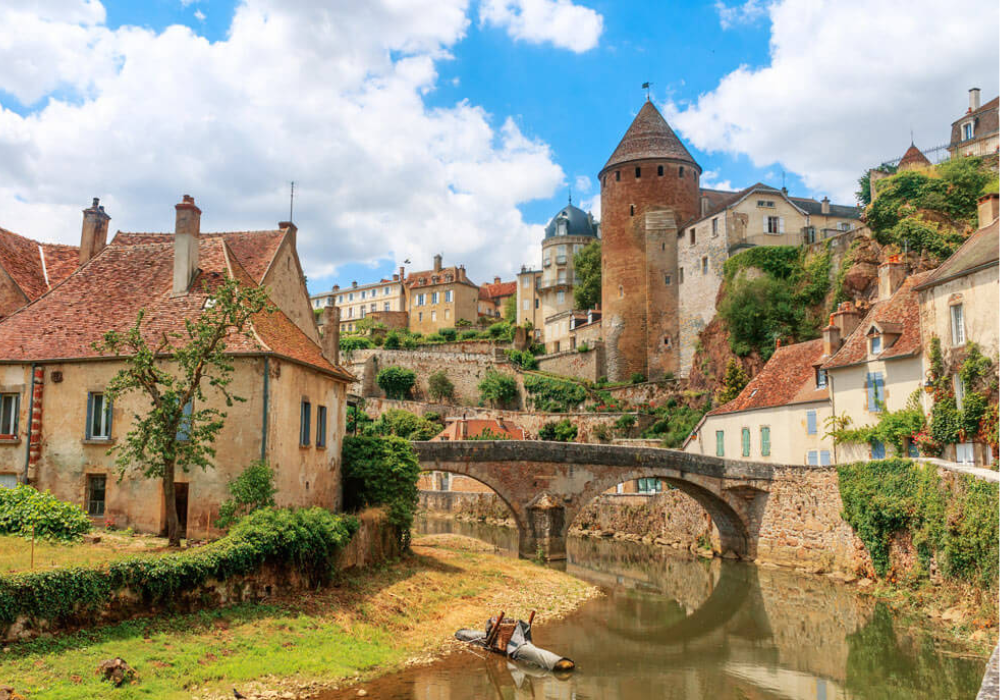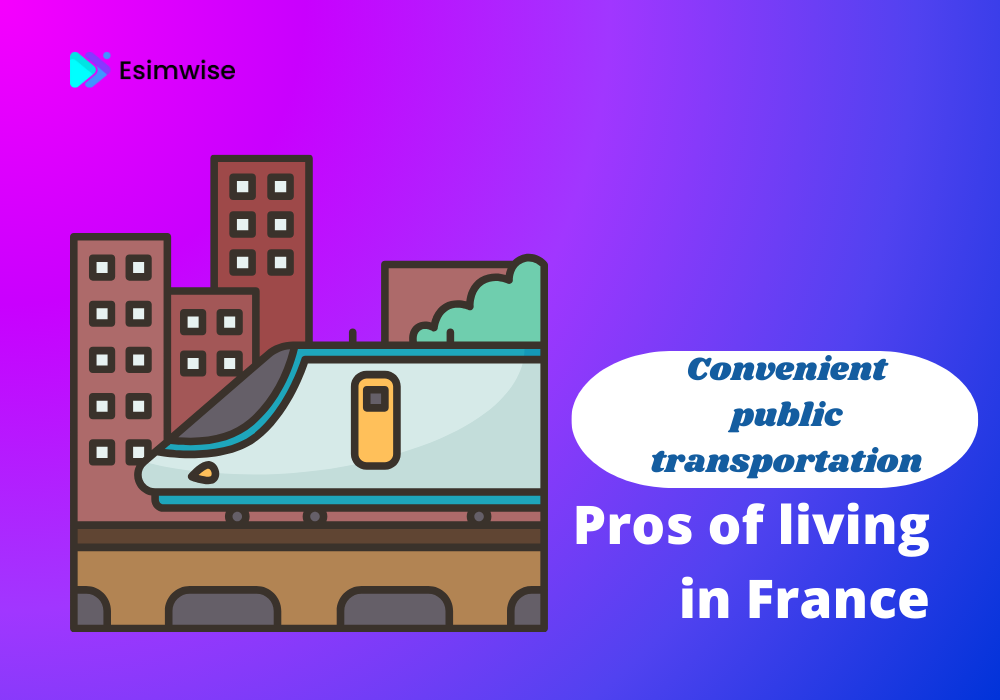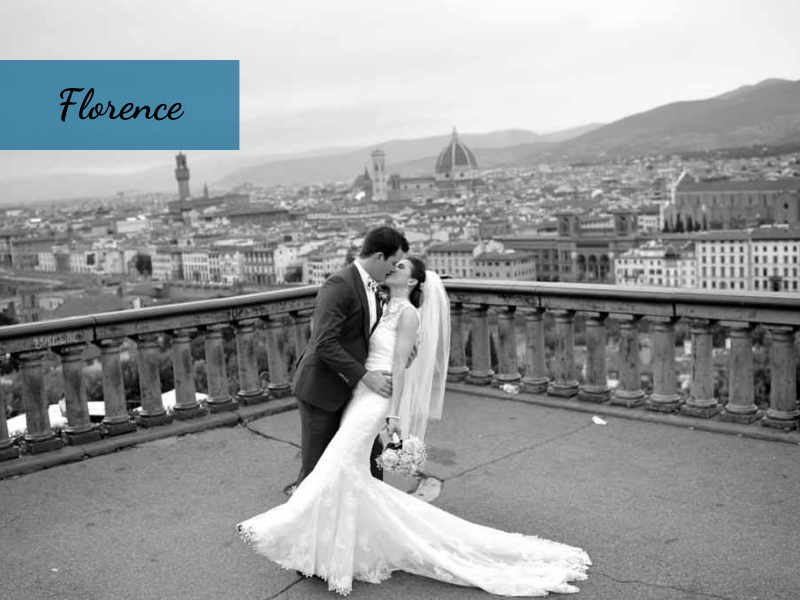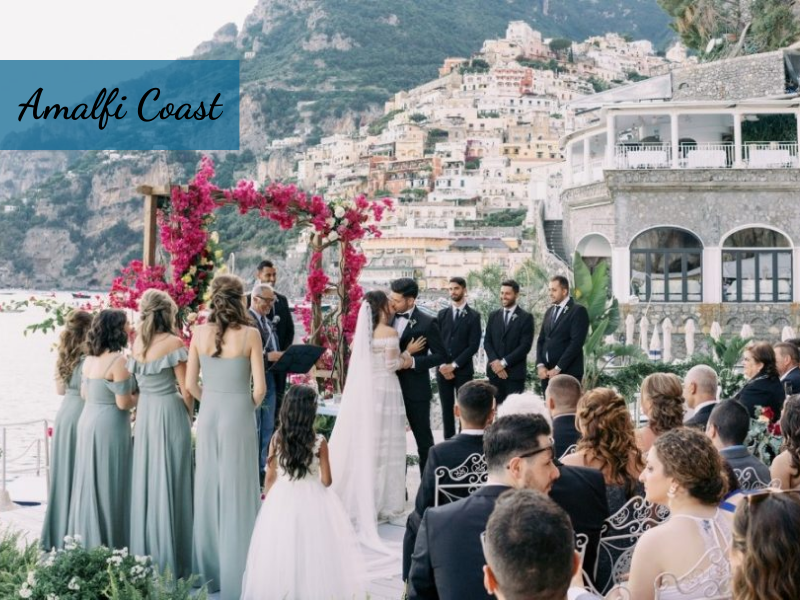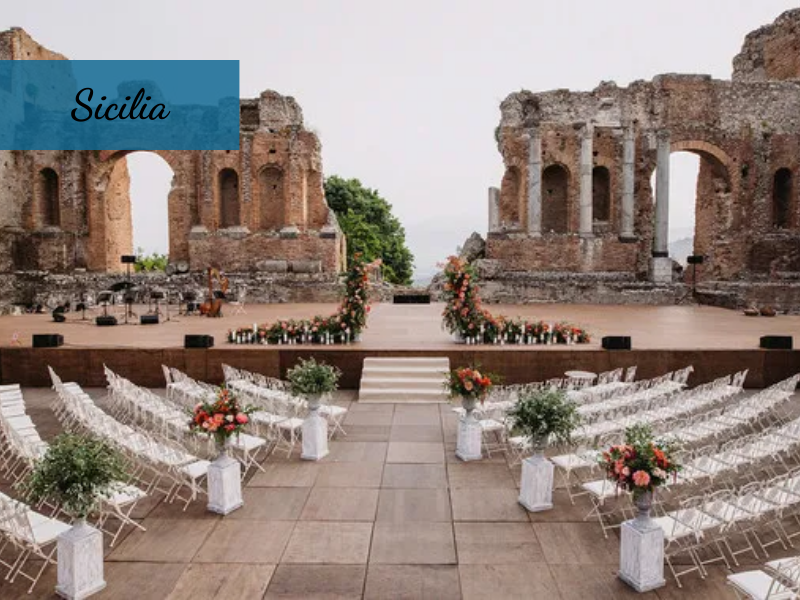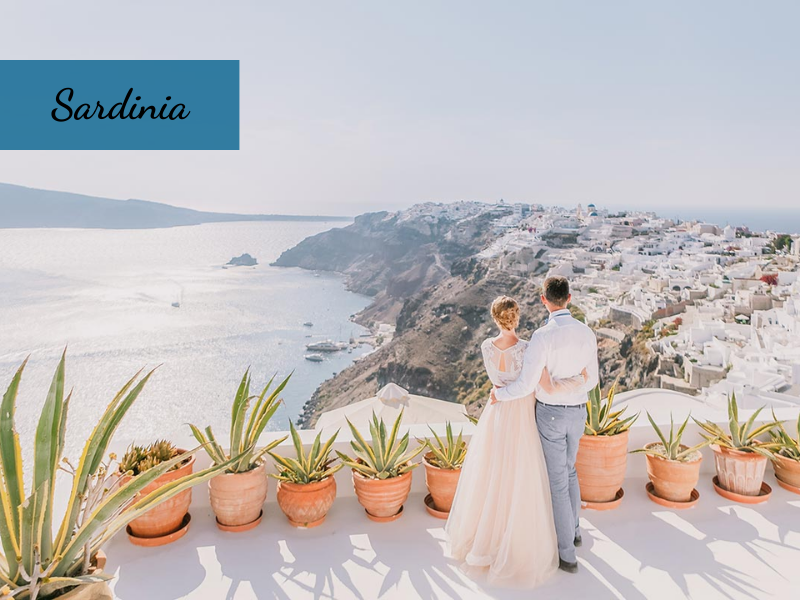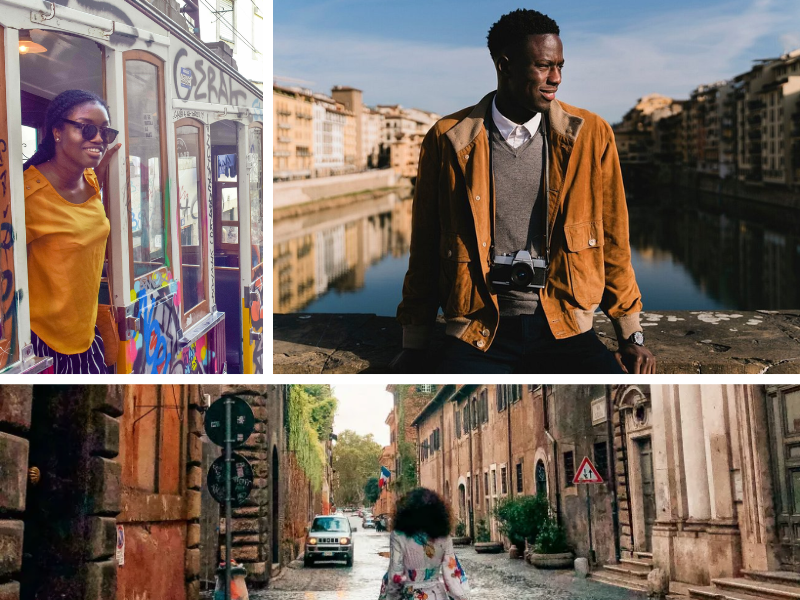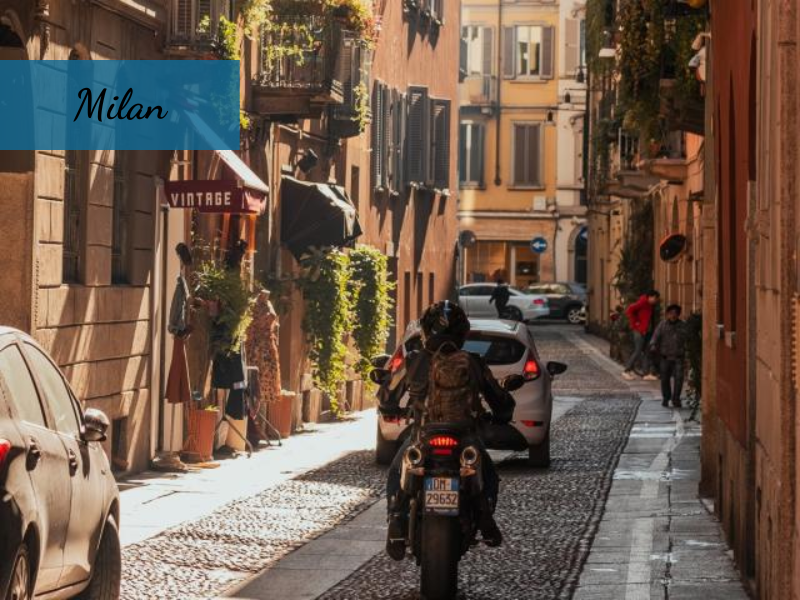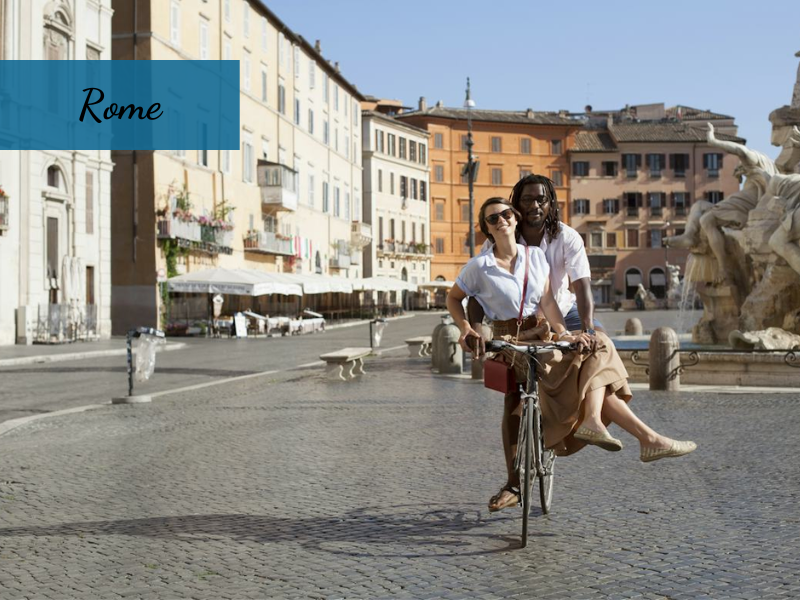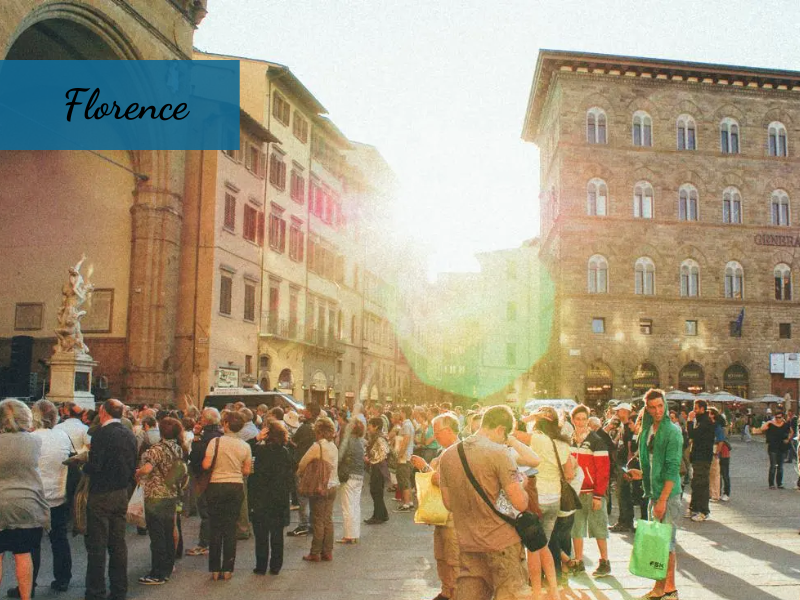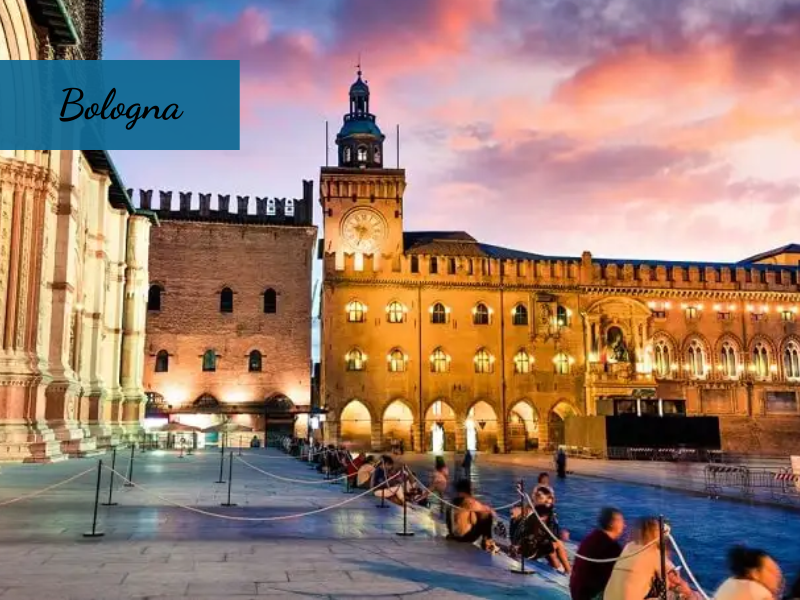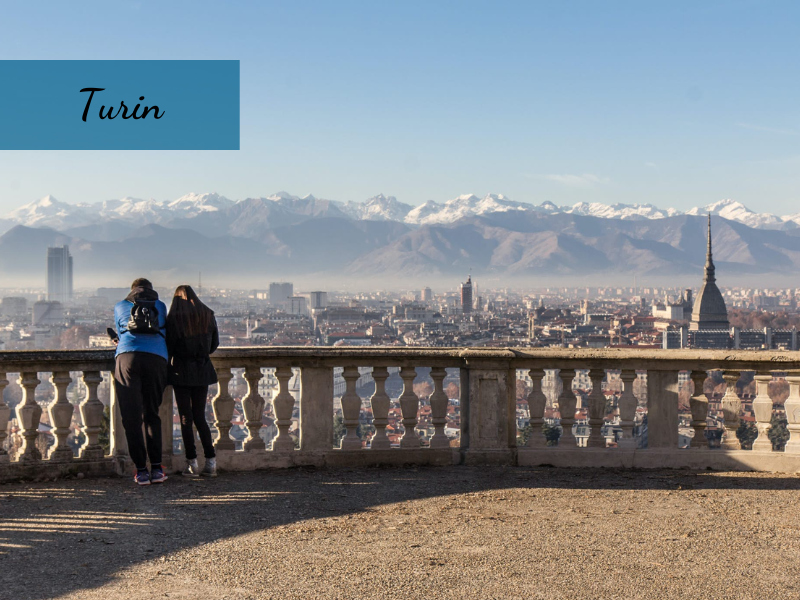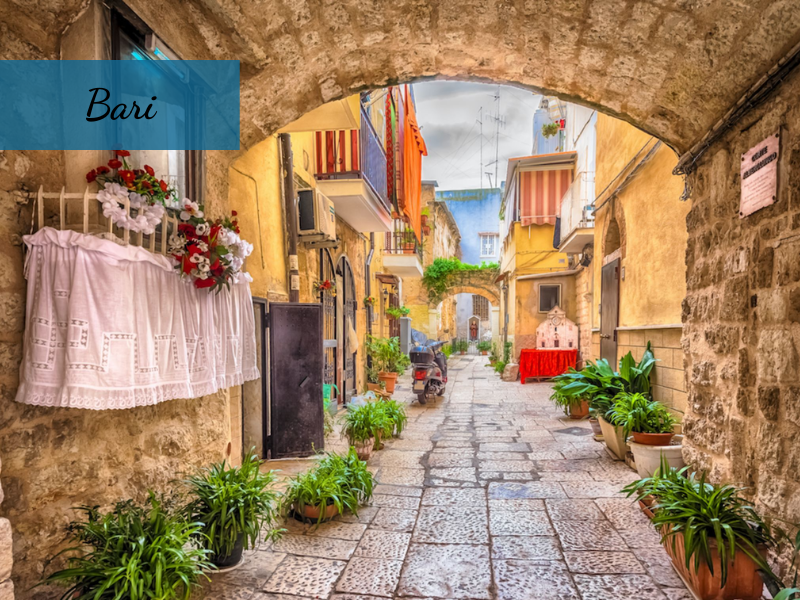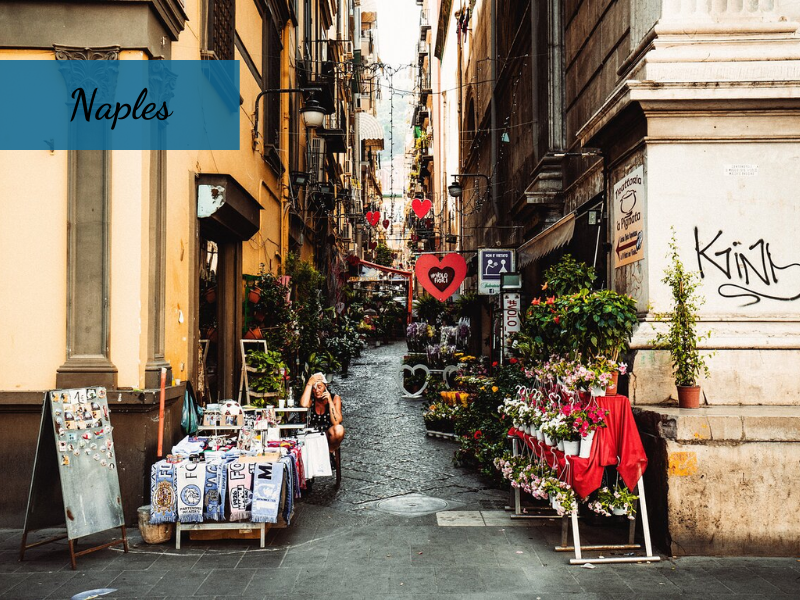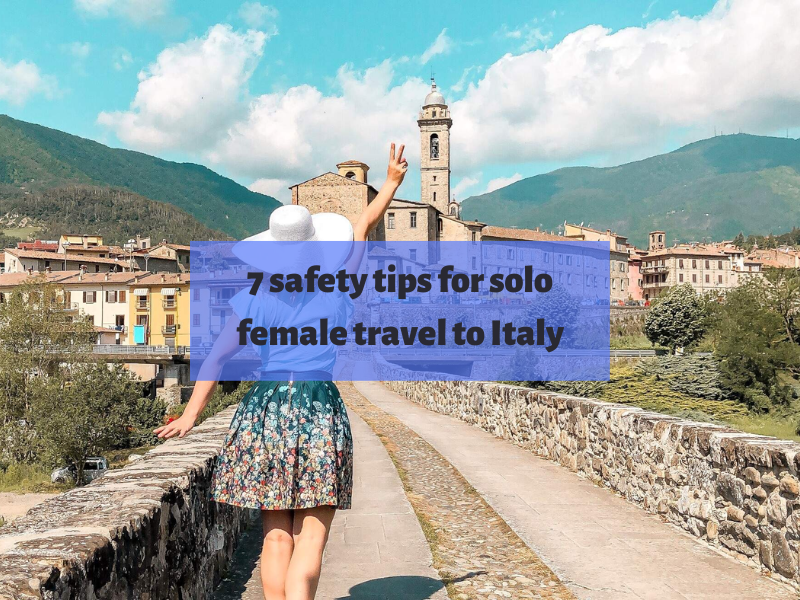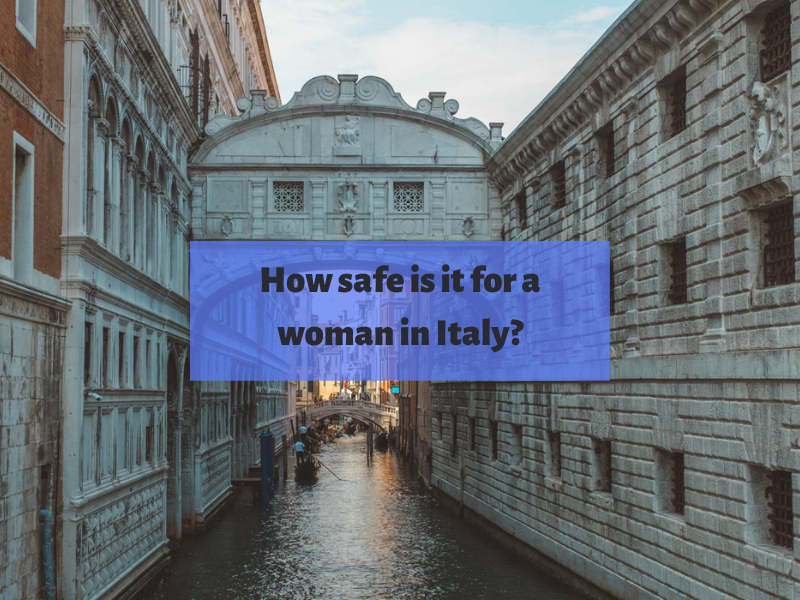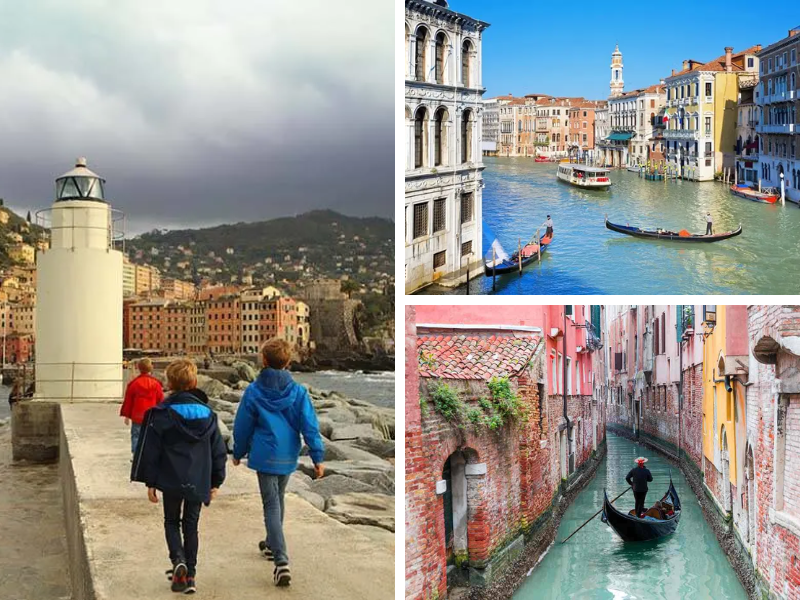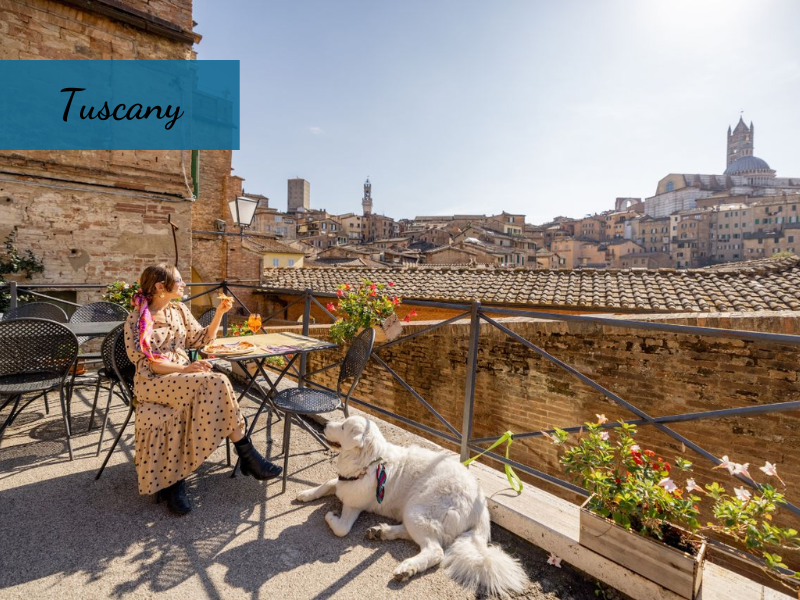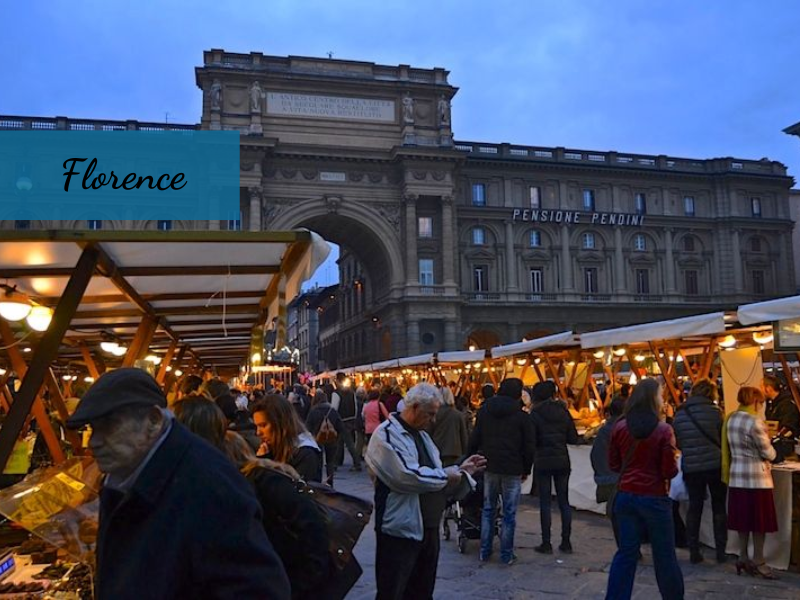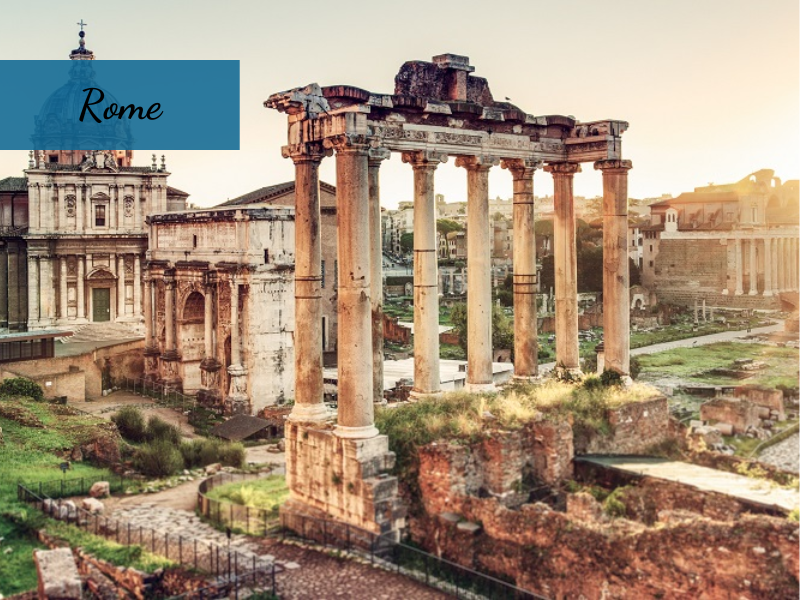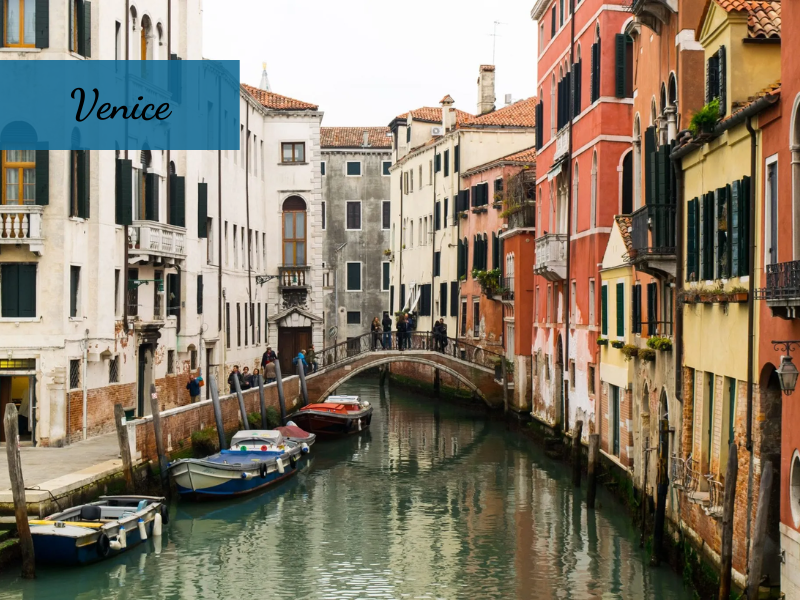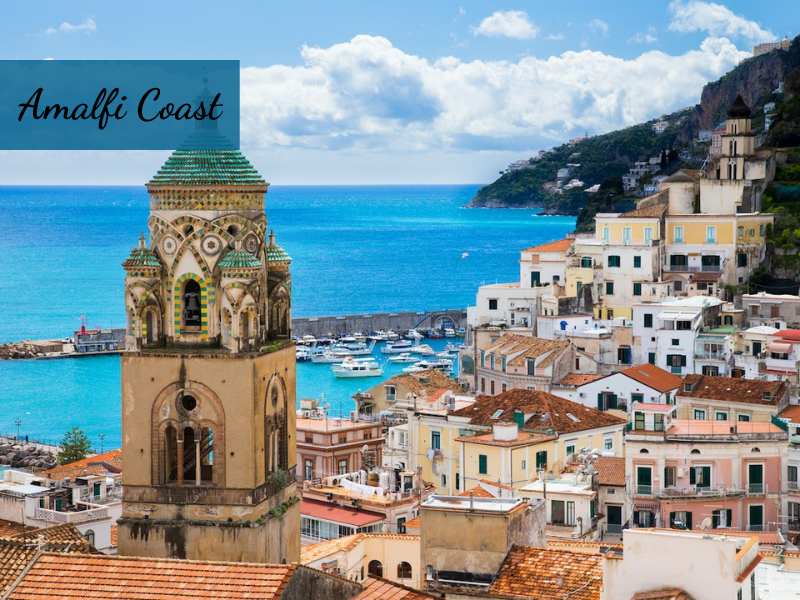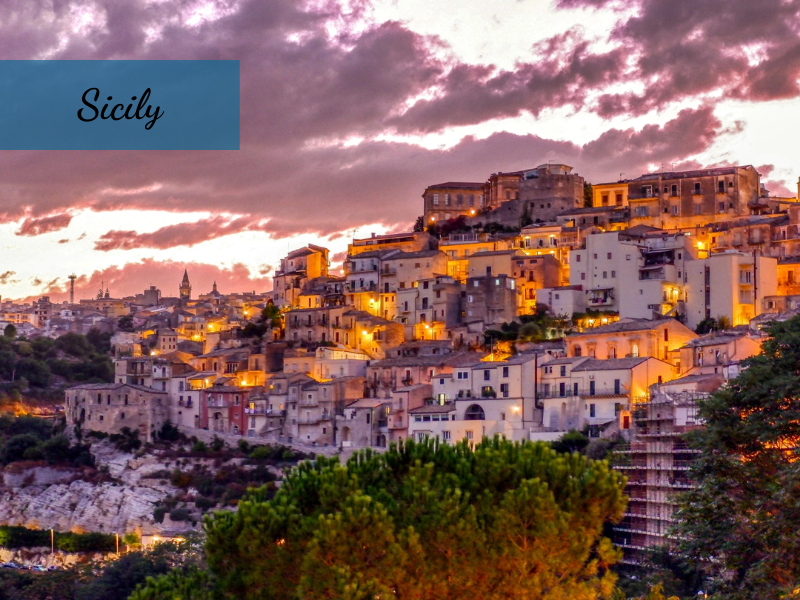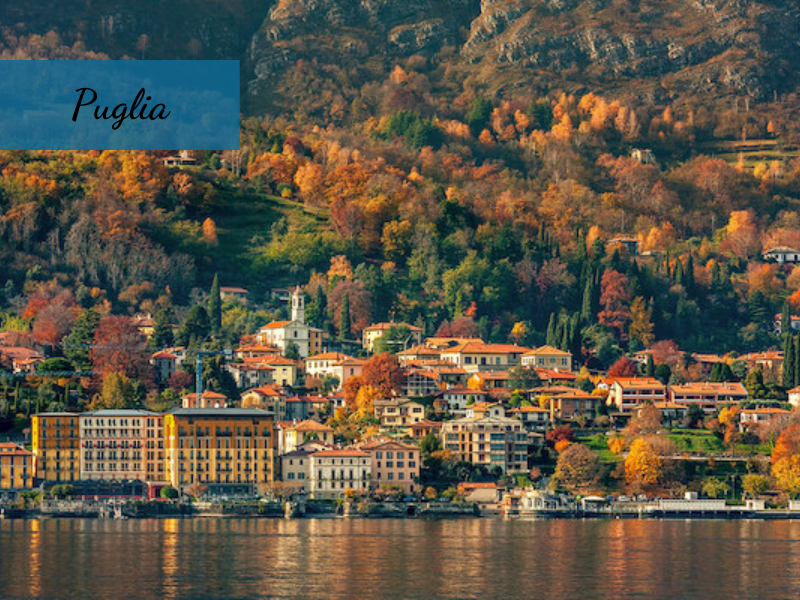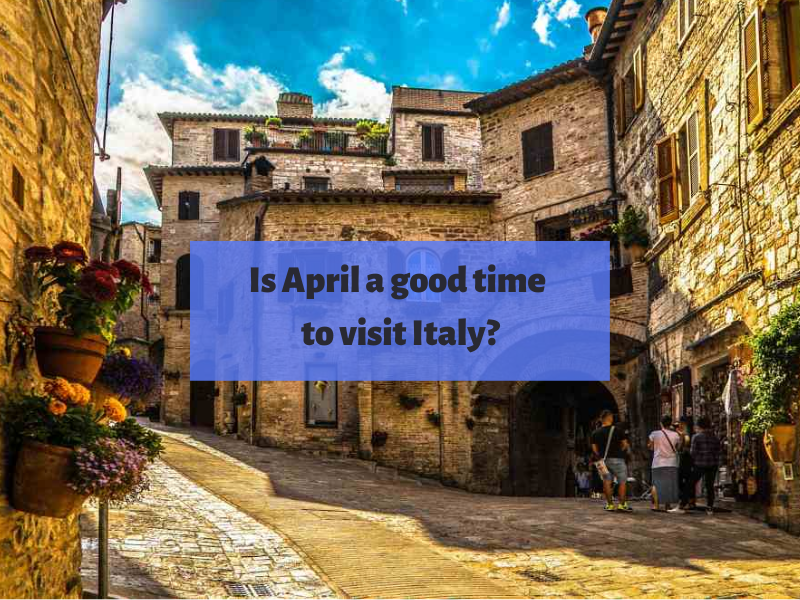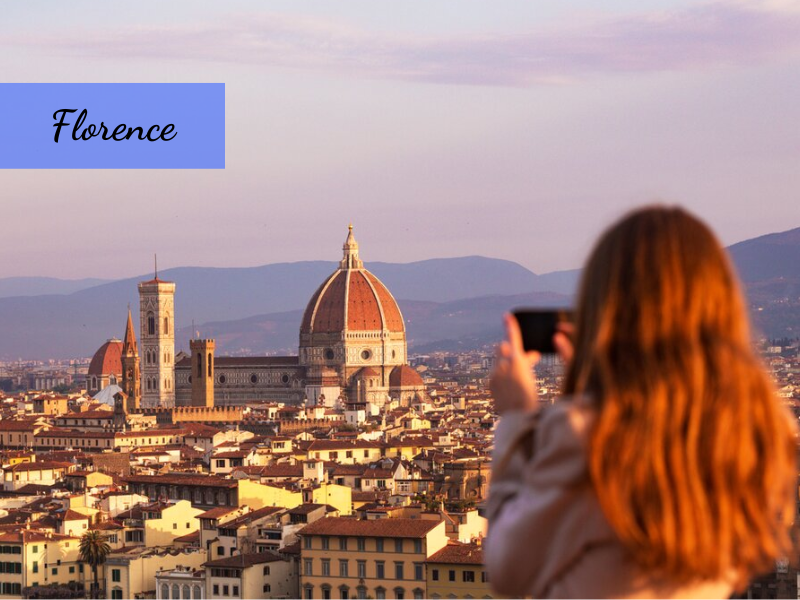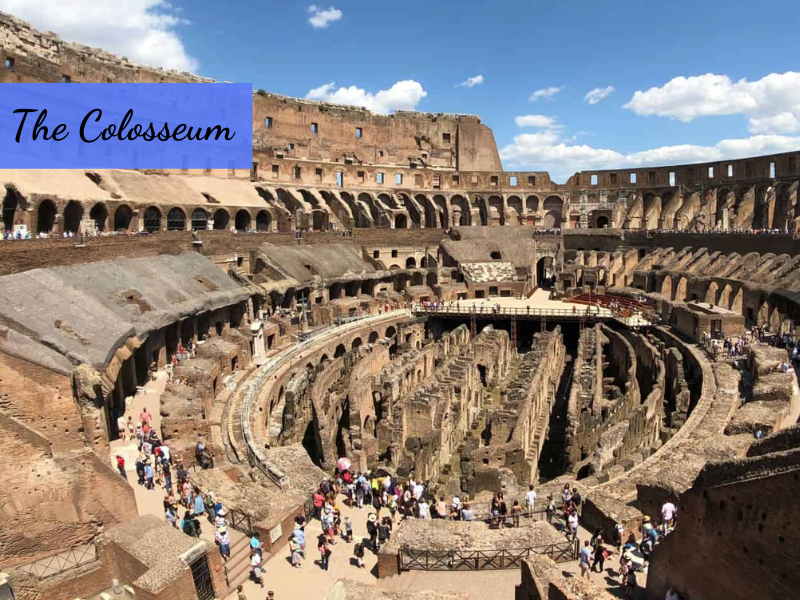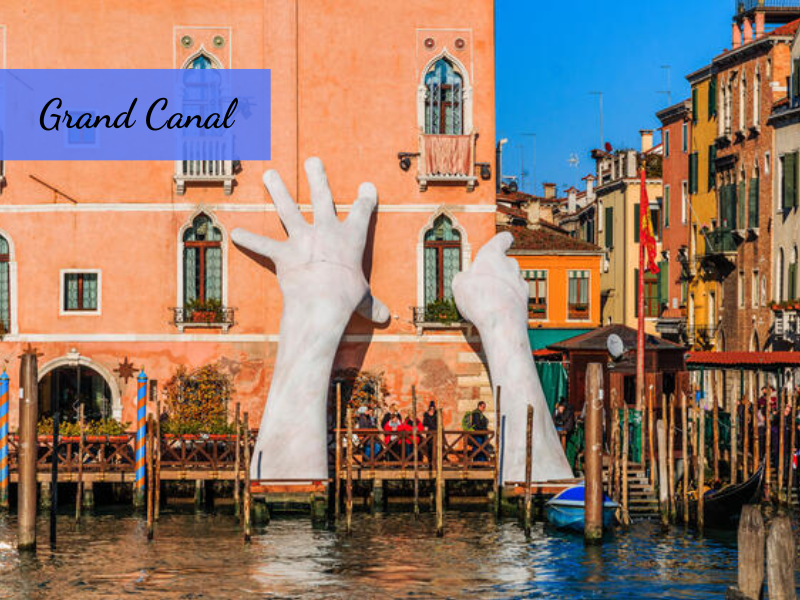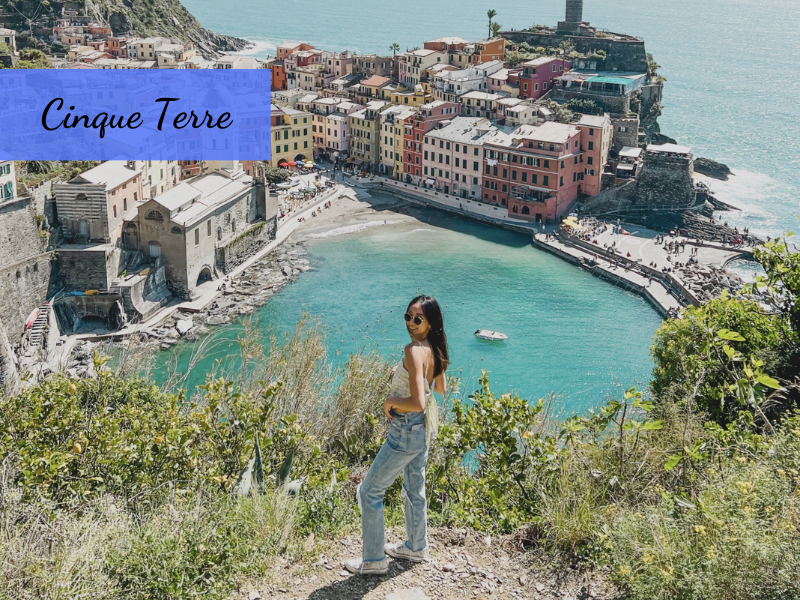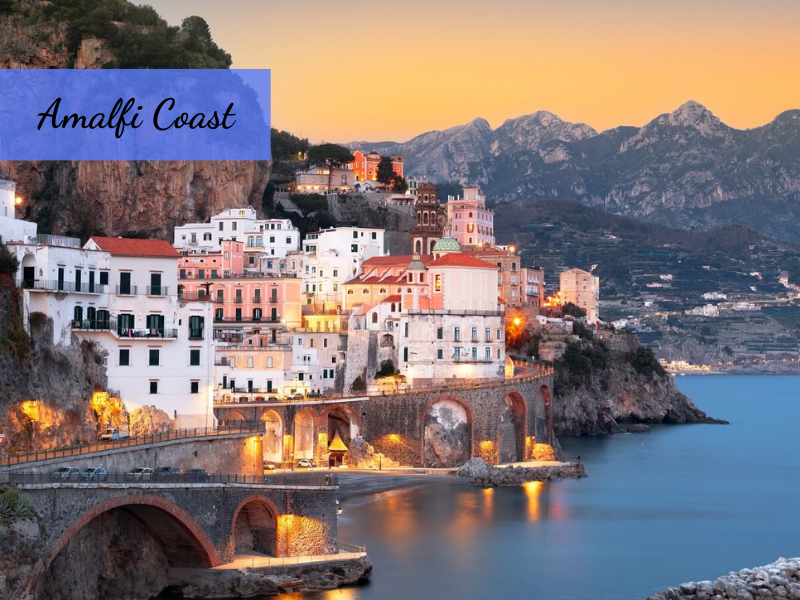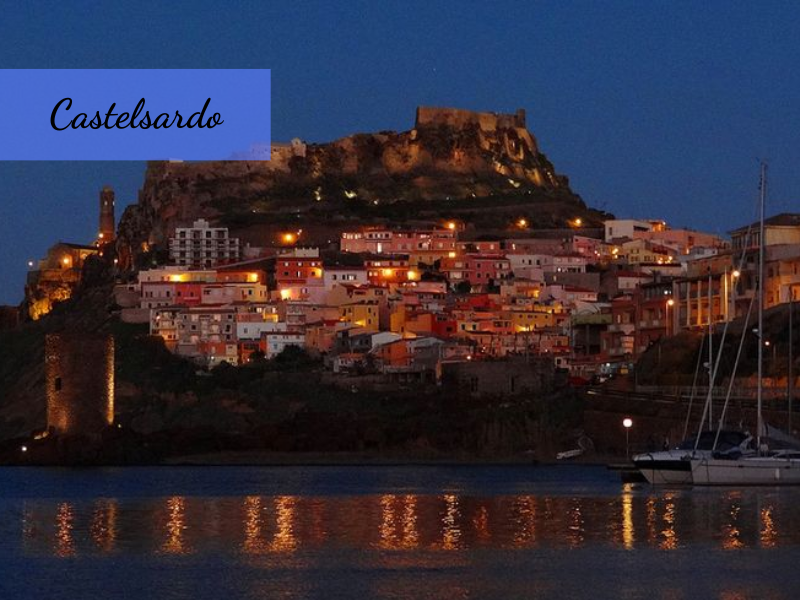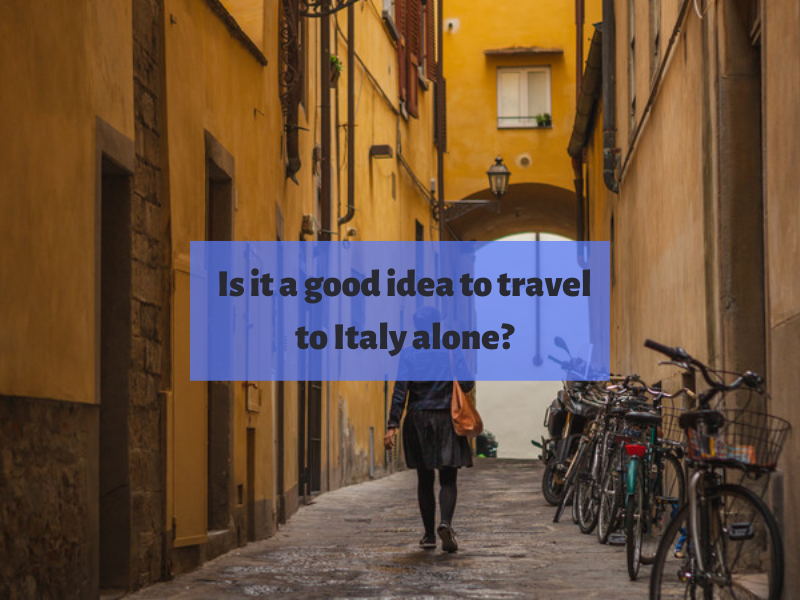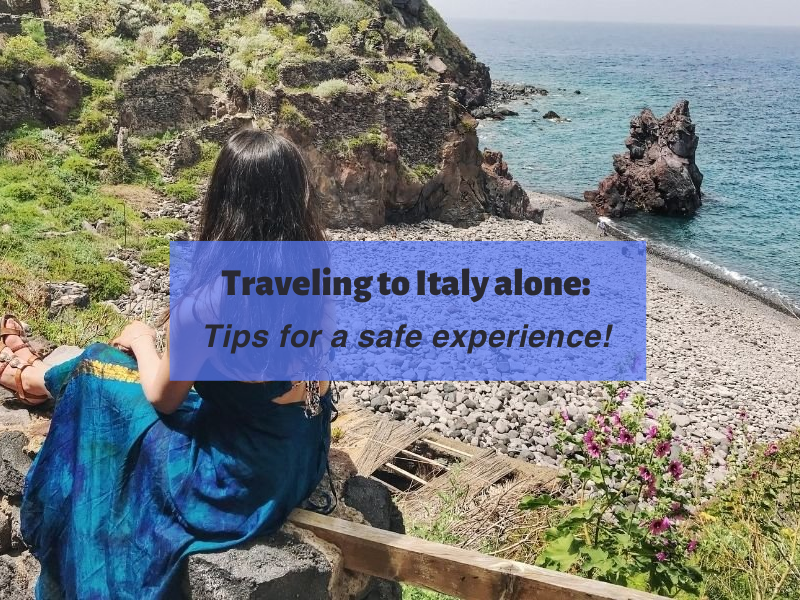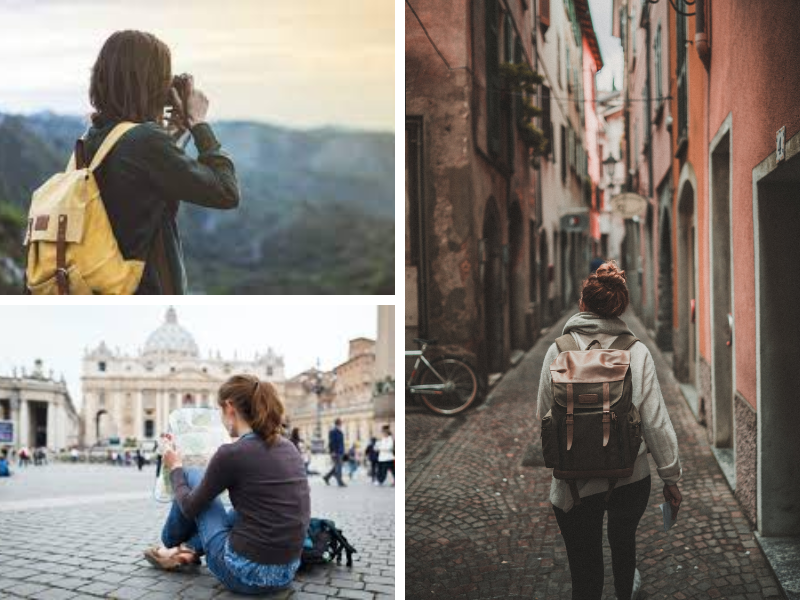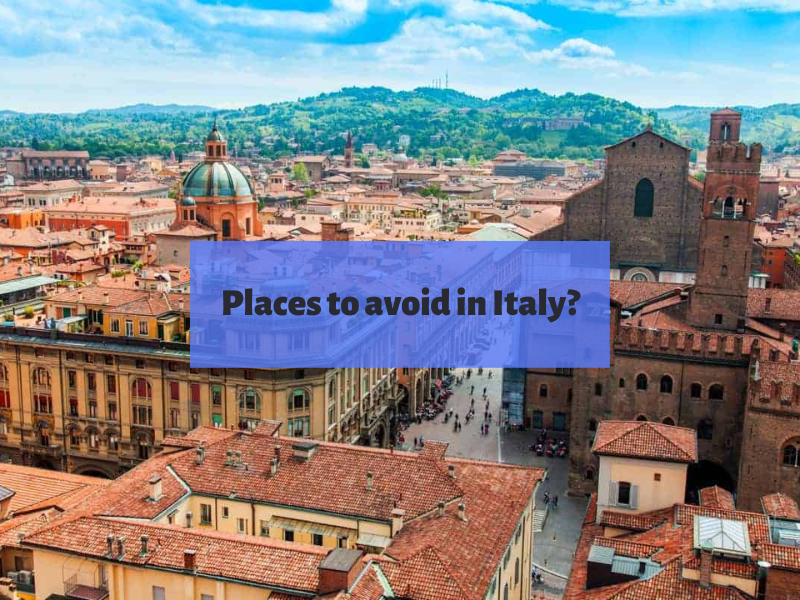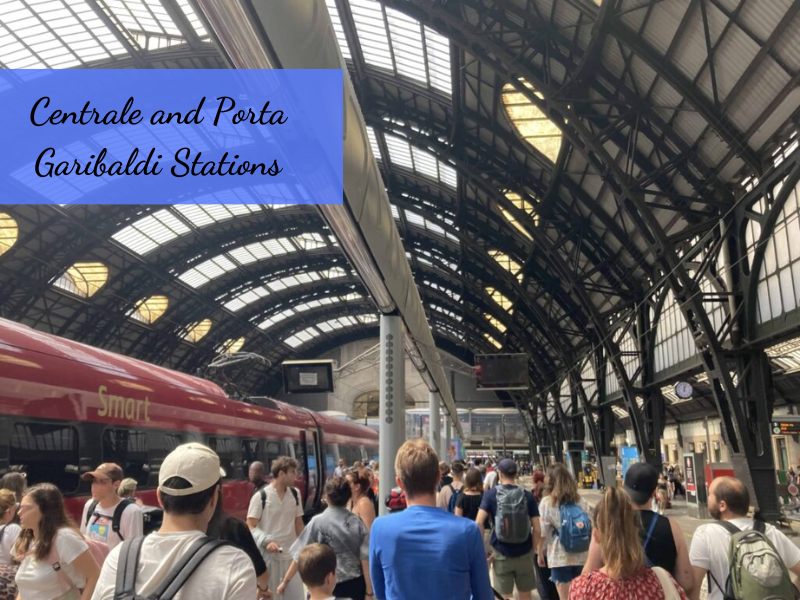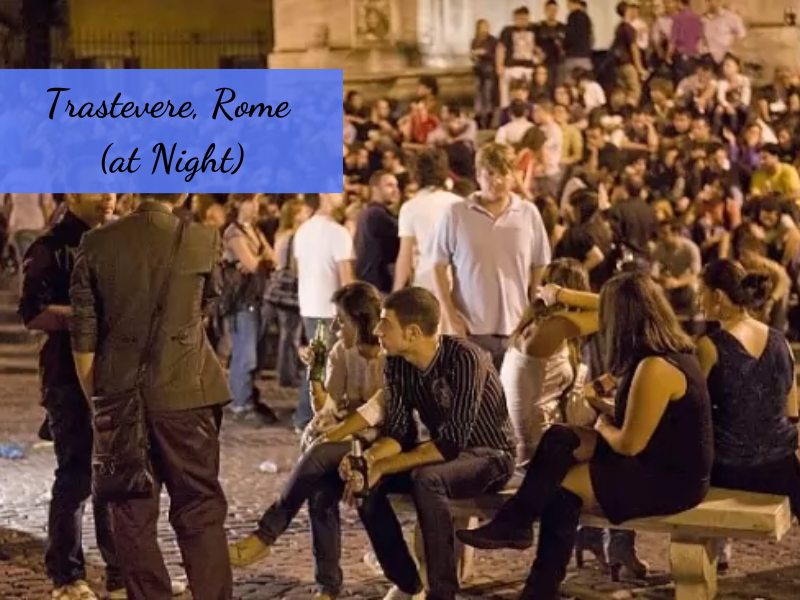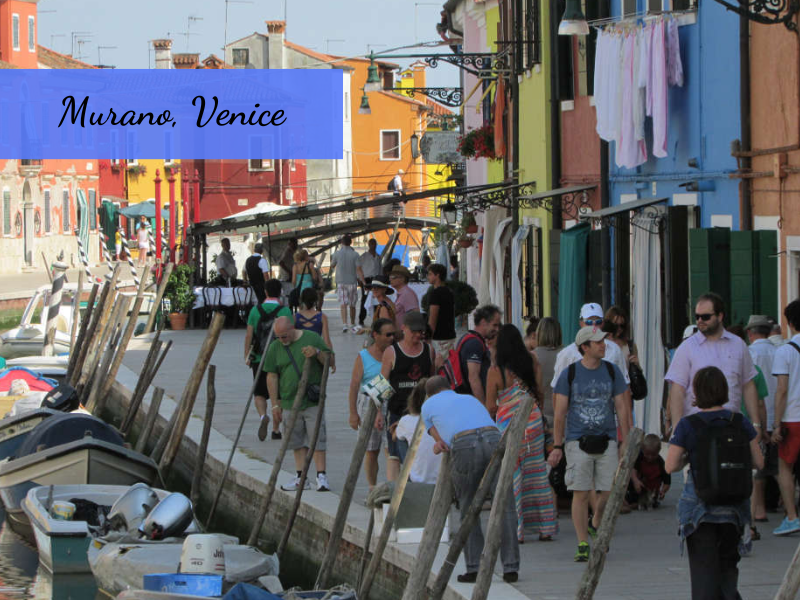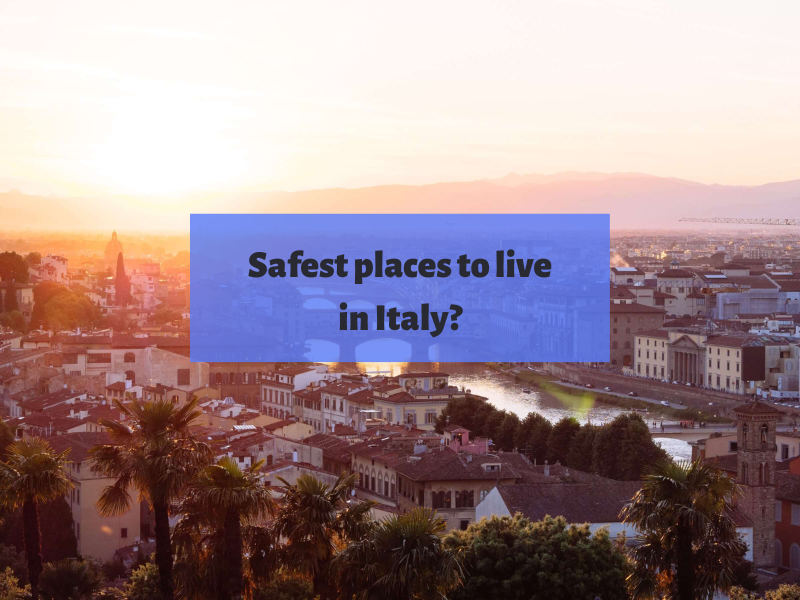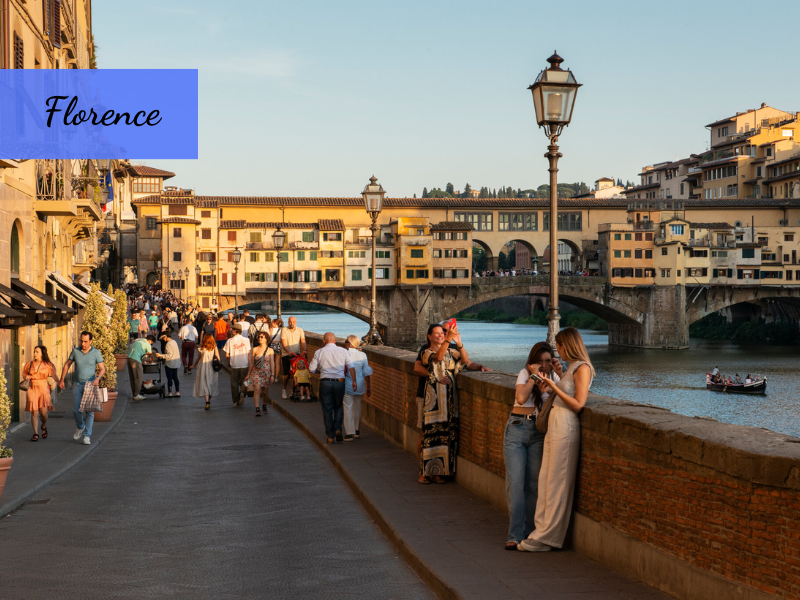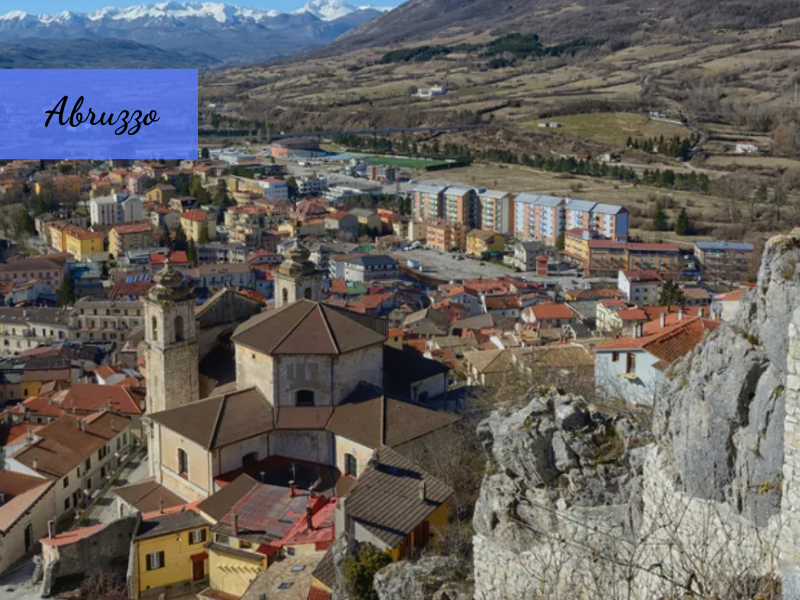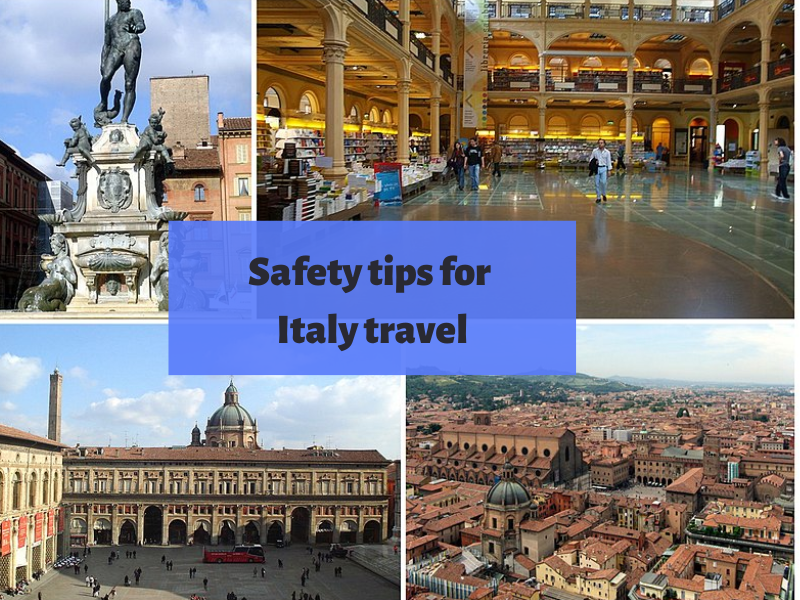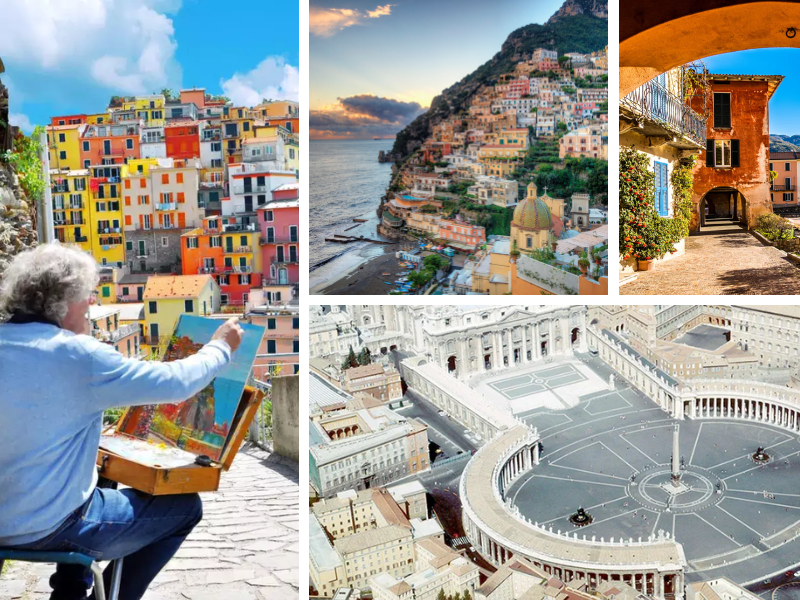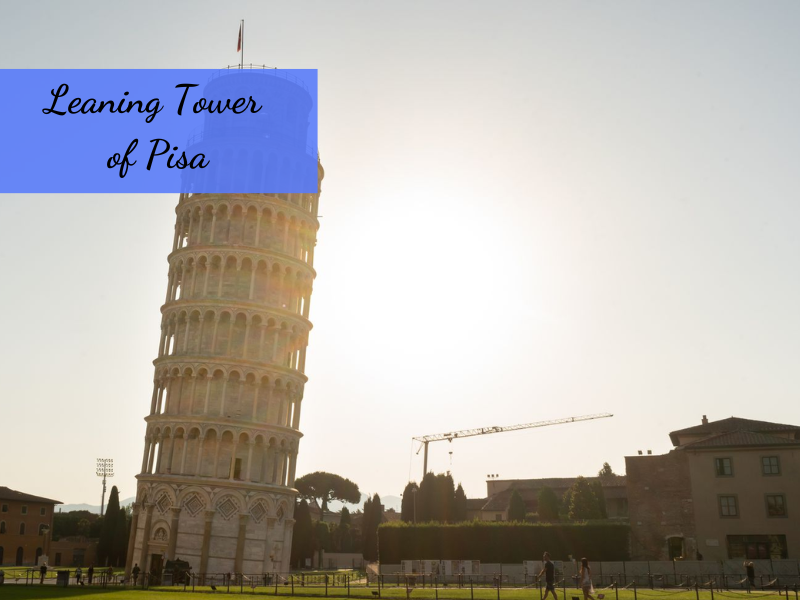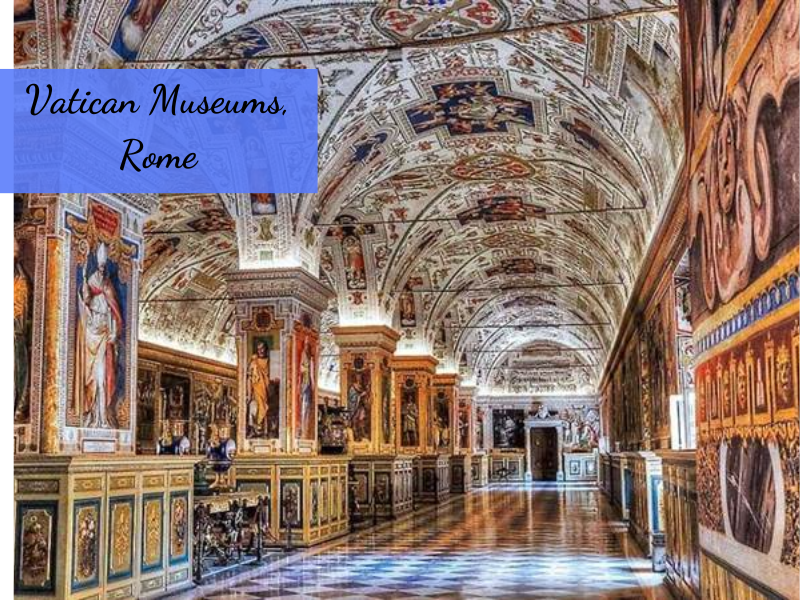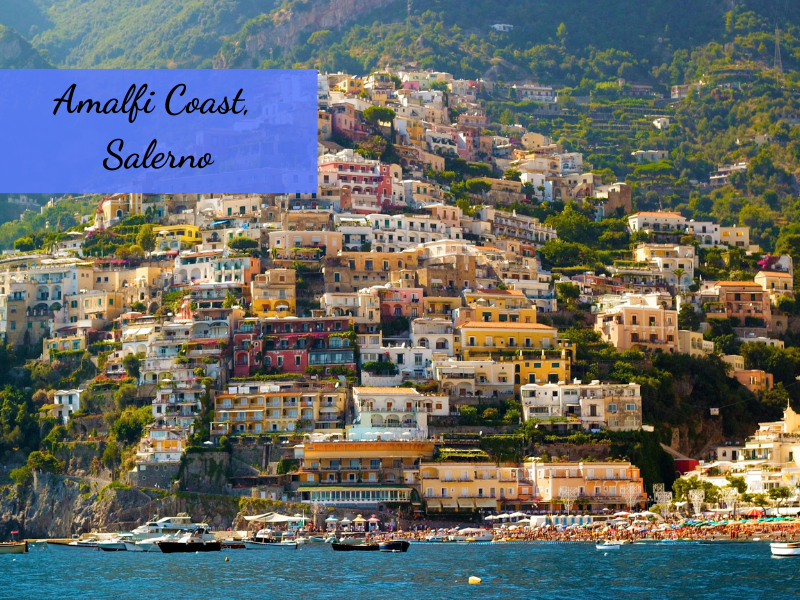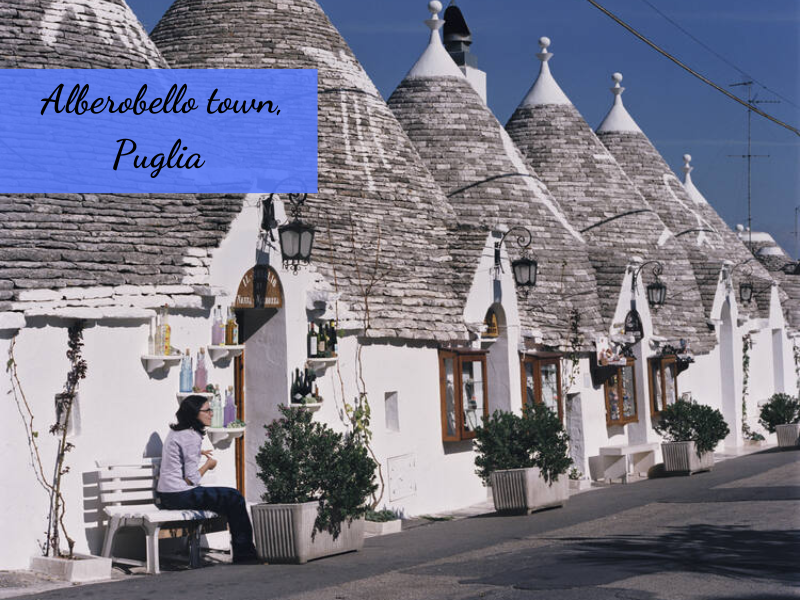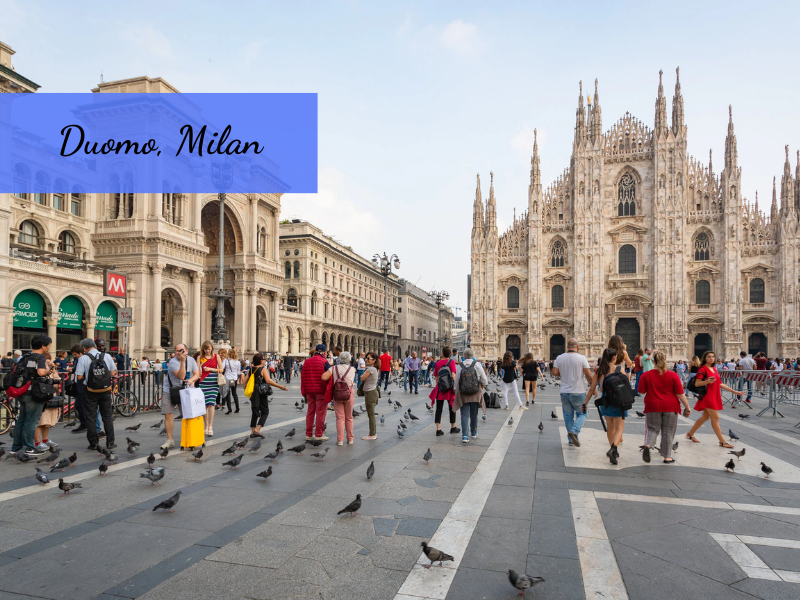Embarking on a journey through France, a land renowned for its rich history, breathtaking landscapes, and culinary delights, promises a tapestry of unforgettable experiences. While the allure of this enchanting country is undeniable, like any destination, it comes with its unique set of considerations. In this exploration, we delve into 7 bad things about France that some might perceive as challenges, offering a nuanced perspective for travelers preparing to immerse themselves in the diverse wonders of France.
Explore 7 bad things about France
1. Language barriers

Embarking on the enchanting journey through France, a country steeped in history and cultural richness, brings to light the intricate dance between language and experience. My initial encounters with the French language, limited to polite greetings, opened a door to both challenges and opportunities.
The beauty of the French language, with its melodic tones and intricate expressions, can be both captivating and daunting. While many French individuals are warm and approachable, they hold a special reverence for their language. It’s not just a means of communication; it’s a cultural cornerstone, a reflection of their identity.
One vivid memory etched in my travel diary is the day I mistakenly sought directions to the Eiffel Tower and found myself on the outskirts of town. It was a humorous twist of fate, highlighting the nuances of language navigation in a foreign land. Even routine tasks, like grocery shopping or seeking assistance, unfolded as delightful games of charades, bridging gaps with smiles and gestures.
In such moments, the importance of making an effort to speak French became evident. The French appreciate the attempt, no matter how basic, as a genuine gesture of respect for their way of life. Unlike other places where multilingualism thrives, France stands proud with French as the primary language, weaving a linguistic tapestry that shapes everyday interactions.
Planning to live in France added another layer to the language challenge. My trusty French phrasebook or language app became indispensable companions, transforming the potential hurdles of daily life into opportunities for connection. Whether deciphering menu items or engaging in casual conversations, these tools bridged gaps and allowed me to navigate the intricacies of daily life with more confidence.
In essence, embracing the French language isn’t just a practical necessity—it’s a key to unlocking a deeper understanding of the culture, forging connections, and turning moments of potential frustration into cherished anecdotes. As the saying goes, “La vie est belle” – life is beautiful, especially when you dive into it with an open heart and a willingness to immerse yourself in the language and culture that make France truly unique.
2. Strikes and protests

Delving into the vibrant tapestry of French culture, one encounters a prevalent notion that the French possess an inherent inclination towards dissatisfaction, often portrayed through their active engagement in protests against the government. However, my personal experiences and reflections have led me to question the negative connotations associated with this characteristic.
The French commitment to defending their rights and standing against perceived injustices is deeply rooted in their history and values. Rather than viewing it as a negative trait, I’ve come to appreciate this quality as a testament to their dedication to principles and their refusal to be taken advantage of. The ongoing series of strikes, notably centered around the contentious issue of pension reform, exemplifies this spirit of resistance.
The proposed changes in pension reform, requiring workers to contribute for more years to receive a full pension, along with the abolition of certain special pension rules, have fueled the current wave of protests. Contrary to the stereotype of perpetual dissatisfaction, these actions are an embodiment of the French people fighting for what they believe in—equitable treatment and fairness for all.
In essence, the French are not merely discontent for the sake of it; they are actively shaping the sociopolitical landscape, striving to uphold principles of justice and equality. Understanding the reasons behind these demonstrations adds a layer of complexity to the narrative, highlighting the importance of staying informed about potential strikes before planning a trip. It becomes an opportunity for travelers to engage with the socio-political dynamics of the country, fostering a deeper understanding of the French spirit and its unwavering commitment to fundamental values.
3. High cost of living

Embarking on the quest for a place to call home in the enchanting city of Paris is akin to the pursuit of a perfect croissant—undeniably tempting yet accompanied by a price tag that mirrors the city’s allure. My foray into the Parisian real estate landscape revealed a captivating but expensive venture.
The allure of living in the City of Lights is undeniable, and so is the demand for real estate. The prices tell a tale of their own, with the average cost of an apartment in the city center rivaling that of New York—an unexpected parallel that could make any New Yorker feel right at home.
What sets Paris apart is its distinct real estate makeup. In certain major cities around the world, one might uncover pockets of affordability nestled among upscale neighborhoods. However, in Paris, the concept of “cheap” takes on a relative hue. The city, with its timeless charm and limited space, presents a unique real estate dynamic where every corner, every arrondissement, carries a distinctive charm but comes at a premium.
As I navigated through the process of finding a place to live, the palpable charm of each neighborhood contrasted with the reality of the associated costs. It wasn’t merely a transaction; it was an exploration of lifestyle choices intertwined with the city’s rich history and cultural nuances.
The quest for a home in Paris became a testament to the city’s magnetic pull, where the allure of the streets and the warmth of the neighborhoods blended seamlessly with the undeniable truth that living in this iconic city comes at a price—a price that, for those captivated by its charm, becomes a worthwhile investment in the experience of calling Paris home.
My first encounter with a real estate agent in Paris was a lot like trying to buy a snack at a movie theater – it came with a case of sticker shock. And let’s not forget that the apartments themselves can be on the smaller side, especially when compared to the spacious homes and apartments commonly found in other countries.
Therefore, the journey of finding your right home in Paris can be quite an adventure, considering the high prices and compact living spaces. However, in smaller towns and areas outside of Paris and other major cities, you can certainly find more affordable places to live. So, if you’re willing to broaden your search, your chances of finding a suitable home will increase significantly.
4. Pickpocketing and theft
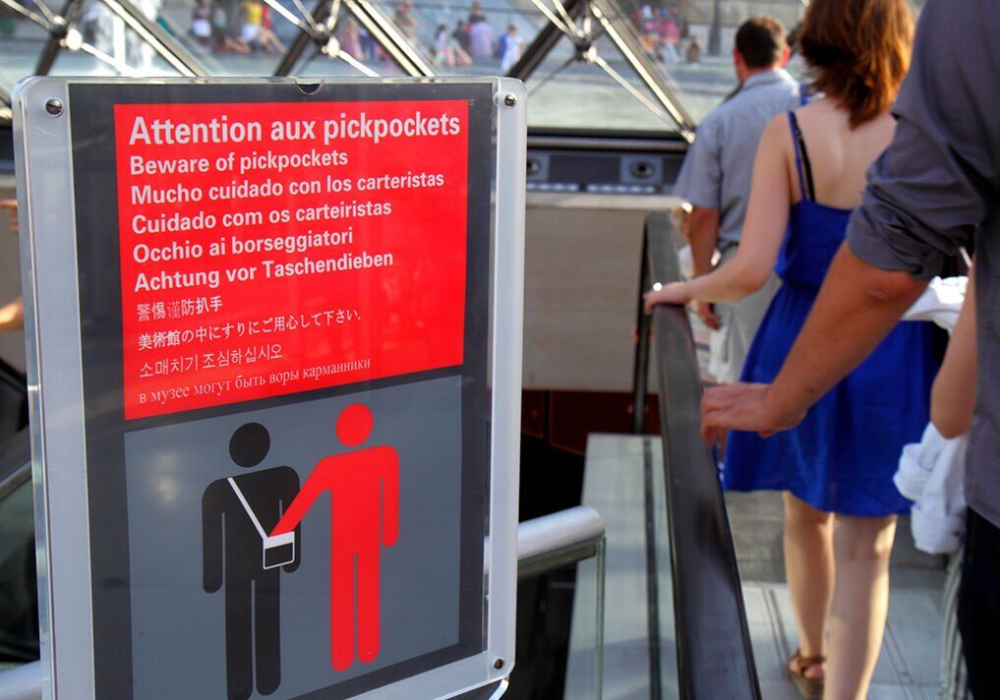
Embarking on a journey to renowned tourist destinations like France brings with it the need to confront the unfortunate reality of pickpocketing and theft. Even in the bustling embrace of iconic landmarks like the Eiffel Tower or the Louvre, the specter of opportunistic individuals seeking to exploit unsuspecting travelers looms. Yet, fear not! With a mindful approach and a few strategic precautions, the risk of encountering such unpleasant incidents can be significantly diminished.
One crucial line of defense is investing in an anti-theft bag—your ally in keeping belongings secure. Crafted to thwart would-be thieves, these bags provide an added layer of protection, making it challenging for them to pilfer your valuables. Whether it’s strolling through vibrant markets or traversing historical sites, safeguarding your possessions in an anti-theft bag or hidden in a secure location is a paramount first step.
Equally essential is maintaining a heightened awareness of your surroundings. Knowledge is a powerful tool, and understanding common tactics employed by pickpockets, such as distraction techniques, empowers you to recognize potential threats and navigate through them unscathed.
In the realm of safeguarding possessions, adopting a proactive stance proves to be the most effective strategy. Regularly check on your belongings, ensuring they remain secure and untouched. This simple yet conscientious habit becomes a small investment of effort that pays substantial dividends, allowing you to revel in the splendors of France without the encumbrance of unnecessary stress or worry.
As you tread the charming streets and absorb the cultural richness of France, let these precautions serve as silent sentinels, providing you with the freedom to explore and immerse yourself in the journey, unburdened by concerns of petty theft.
5. Crowded tourist spots
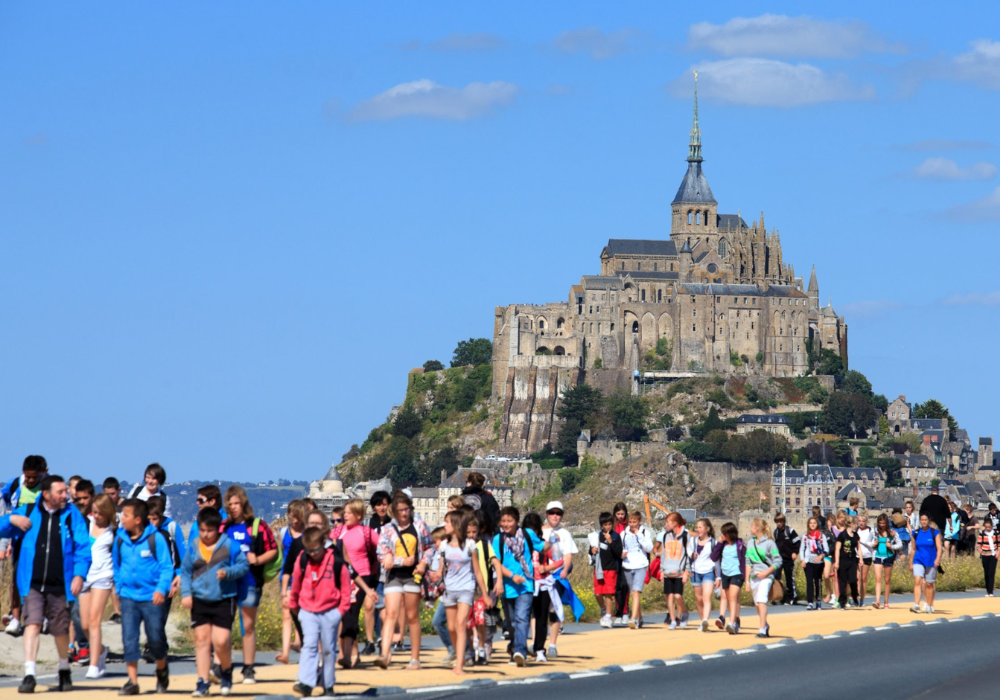
Moreover, don’t overlook the chance to unearth France’s hidden gems and venture into off-the-beaten-track destinations for a truly personal and unforgettable adventure. Stray from the well-trodden paths of tourist-packed attractions to discover the charm of quaint villages, the majesty of breathtaking landscapes, and the allure of captivating local treasures that encapsulate the country’s multifaceted beauty.
In weaving together visits to renowned hotspots with forays into lesser-known corners, you craft a delightful journey customized to your preferences. This approach transforms your exploration of France into a more intimate and enriching experience, allowing you to forge a genuine connection with the essence of the country. Embracing the unexpected, whether it’s stumbling upon a hidden cafe, encountering a local artisan’s workshop, or simply relishing the tranquility of a secluded spot, adds layers of authenticity to your travel narrative.
As you navigate through the diverse landscapes and cultural nuances, let the road less traveled beckon you towards serendipitous discoveries. By embracing the allure of both the celebrated and the undiscovered, you’ll find that the heart of France reveals itself in the most unexpected places, enriching your journey with memories that resonate on a deeply personal level.
6. Customer service

Embracing customer service in France often feels like stepping into a unique cultural dance, where the rules of engagement differ from the customer-centric experiences I’ve encountered elsewhere. It’s not a matter of undervaluation; it’s a nuanced perspective that reflects a distinctive approach to service.
In contrast to the royal treatment customers might expect in some countries, the French approach is more democratic. While it may initially feel like a shift from accustomed norms, I’ve come to appreciate the authenticity and straightforwardness embedded in this approach. There’s a certain sincerity in their service, where transactions are less about extravagant gestures and more about genuine interactions.
Reflecting on the days when returning items was a breeze, I found myself navigating a different landscape in France—one where the process is more thorough and may require a bit more patience. The experience, akin to the challenge of requesting a speedy order from a French chef, adds a touch of humor to the journey.
While it may not align with the expectations shaped by other cultural norms, this distinctive approach to customer service is, in its own way, a reflection of the French commitment to authenticity and a more egalitarian interaction. It’s a reminder that each country, each culture, brings its own flavor to the concept of customer service, making the experience a delightful aspect of the broader cultural tapestry.
7. Weather
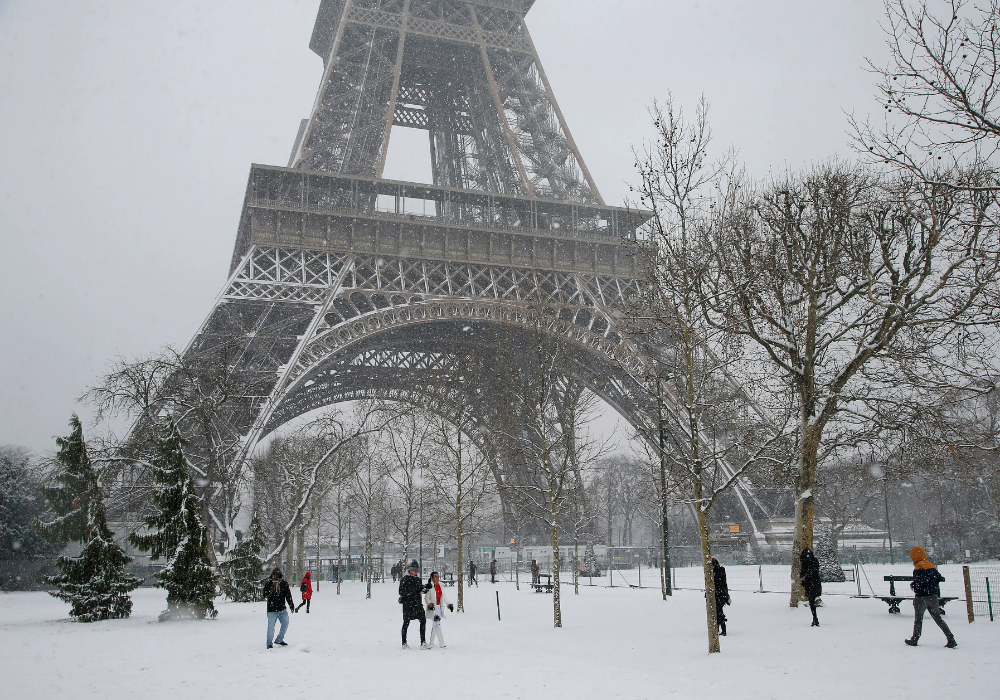
France, with its undeniable beauty, presents a climate that dances to its own rhythm. While the City of Lights exudes a distinct charm, it’s essential to recognize that it’s not just a stone’s throw away from the sun-kissed Mediterranean Sea. The climate in France, much like its diverse landscapes, undergoes significant variations.
Venturing into northern France means embracing a weather personality that can be quite moody. Winters, rather than offering a cheerful, picturesque cold, can be bone-chillingly harsh. It’s the kind of cold that cuts through your bones, accompanied by damp, gusty winds that whisper tales of the season’s temperament.
Adding to this atmospheric tapestry, rain showers have a penchant for making unexpected entrances, akin to a surprise Daft Punk reunion. So, as you carefully pack your beret and those quintessential striped shirts, it becomes imperative to include not just style essentials but also practical ones—a reliable umbrella and a sturdy winter coat.
In navigating the unpredictable weather in France, I’ve learned that being prepared is the key to savoring every moment. Whether it’s the brisk air in the north or the potential surprise showers, having the right gear on hand ensures that the beauty of the country isn’t overshadowed by climatic surprises. It’s a small yet crucial aspect of the French experience, a reminder that even the weather contributes its own layer to the captivating tapestry of this remarkable country.
Sum up,
While France undeniably possesses numerous charms and attractions, it is important to be aware of the potential drawbacks that come with visiting this beautiful country. By understanding the bad things about France and taking necessary precautions, travelers can have a more enjoyable and informed experience exploring this remarkable destination.





